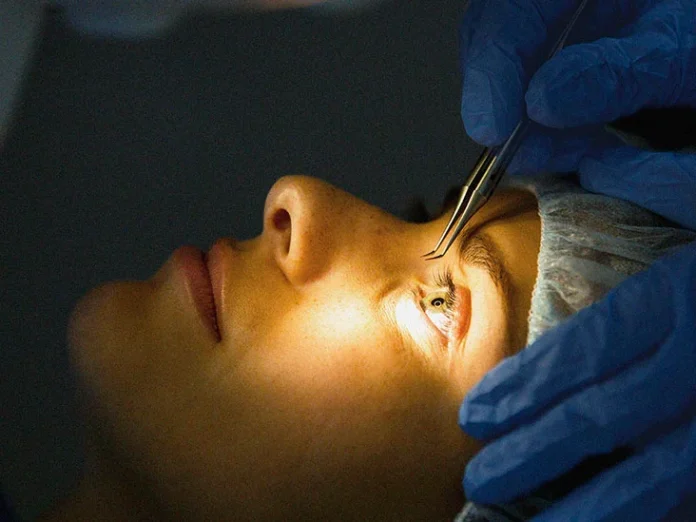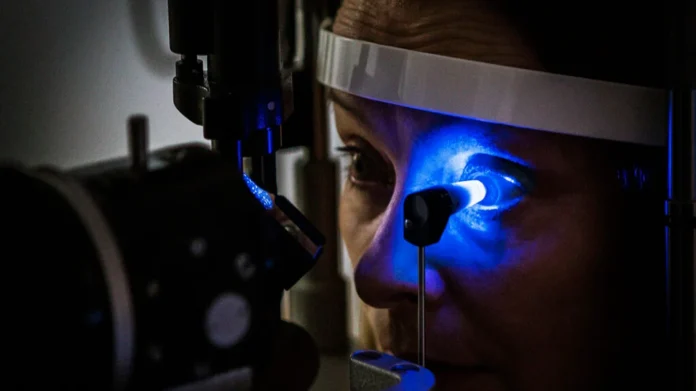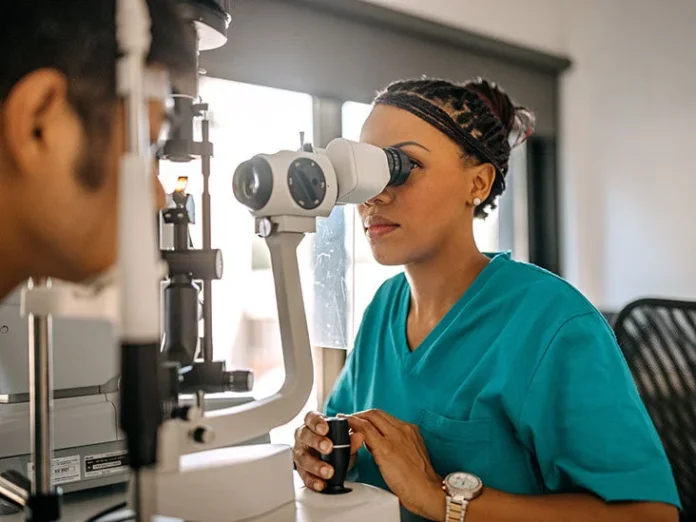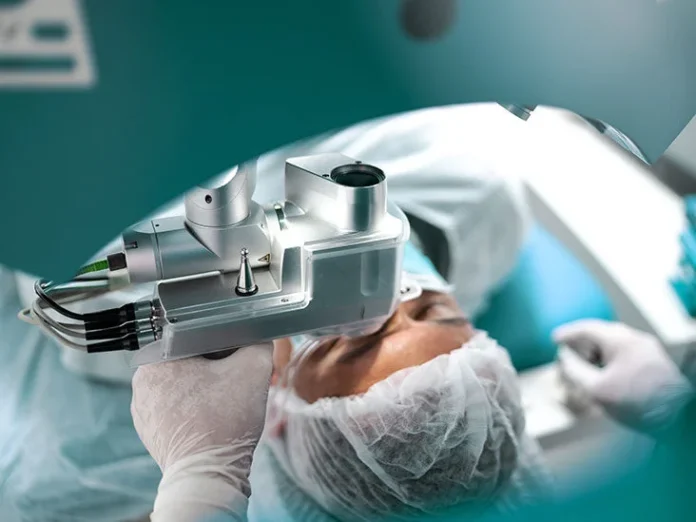PRK, or photorefractive keratectomy, is a laser eye surgery that corrects vision problems like nearsightedness, farsightedness, and astigmatism. In this surgery, a laser is used to reshape the cornea’s surface, the clear front part of the eye, to change its focusing power.
It is a type of refractive surgery. When your eyes do not correctly bend light, you have a refractive issue, which impairs your vision. Using a laser to change the shape of your cornea improves the way rays of light are focused on your retina. After your PRK, there is a lesser probability for you to wear glasses. You may need them for specific tasks, like reading or nighttime driving.
Qualifying For Surgery
Before the surgery, a comprehensive consultation is conducted. Three-dimensional measurements of the cornea’s shape and thickness are taken during the diagnostic procedure. A Glaucoma check is done to assess the general health of the eyes. A customized plan for laser vision correction will be developed based on the patient’s assessment, so it must be handled by professionals like Sharpe-vision.com only.
The scenarios when you may not qualify for PRK surgery are when you:
- possess a condition that interferes with healing
- are expecting
- have an allergy
- have uncontrolled diabetes
- are breastfeeding
- have an ever-changing refractive error
- have infections or injuries to the cornea
- have cataracts
- have blepharitis, dry eye condition, or eye infection
- have eye scars
- have advanced glaucoma
- are below 18 years of age
PRK Procedure

The steps of the PRK procedure typically include the following:
- Preparation: The patient’s eyes will be dilated and numbed with anesthetic drops.
- Removal of the corneal epithelium: The outermost layer of the cornea, called the epithelium, is removed using a trephine or a laser device.
- Laser ablation: A laser is used to reshape the underlying corneal tissue to correct the refractive error. This typically takes about 30 seconds to a minute per eye.
- Bandage contact lens: After laser ablation, a bandage contact lens is placed on the eye to protect the cornea as it heals. Some eye drops may be put in to support recovery and avoid infection.
- Recovery: The recovery period for PRK typically takes several days to a couple of weeks. The patient may experience some discomfort and blurry vision during this time. Following the surgery, you ought to rest and relax. If necessary, take a few days off from work and study. Also, as long as your surgeon advises, you must refrain from exercising.
- Follow-up: The patient will have follow-up appointments with the surgeon to monitor healing and ensure that the desired visual outcome has been achieved.
Comparison With LASIK
Unlike LASIK, which involves cutting a flap in the cornea, PRK removes a small amount of corneal tissue directly, which can result in a longer healing time.
There is a chance that the flap moves or dislocates after LASIK. Pilots, athletes, and anyone who engages in vigorous physical activity may choose a PRK since no flap surgery is involved.
Also, LASIK technology is more recent according to suravision.com. A PRK may be something your ophthalmologist is more experienced with.
Pros And Cons Of The PRK Procedure

Here is a discussion of the pros and cons of the PRK procedure. Some pros of the PRK procedure are listed below:
- Unlike LASIK, which involves cutting a flap in the cornea, PRK does not have a risk of flap complications.
- Because PRK does not involve cutting a flap, it may be a safer option for people with thin corneas who may not be eligible for LASIK.
- PRK may be a better option for people in certain professions or with certain lifestyles that put them at a higher risk of eye injuries, such as athletes or soldiers.
- PRK may be more effective for people with severe nearsightedness or farsightedness than LASIK, as it can correct a greater range of refractive errors.
- The procedure is less affected by dry eyes.
- The long-term stability of the results is similar to LASIK.
- It is a quick procedure that takes about 10 to 15 minutes.
Some cons of the PRK procedure are listed below:
- The recovery period for PRK may be longer than for LASIK, as the cornea’s surface needs to heal after the procedure. This can result in some discomfort and visual fluctuations during the first few days or weeks.
- It carries a slightly increased risk of complications such as infection and scarring compared to LASIK.
- PRK patients may experience more dry eyes symptoms than LASIK patients
- It may not be suitable for everyone, especially those with certain medical conditions, such as keratoconus or certain types of corneal disease.
Is It Worth The Cost?
After understanding the pros and cons of PRK surgery, it is best to consult with a qualified ophthalmologist to determine what is best for you.
The cost of PRK can vary depending on several factors, such as
- the location of the surgery
- the surgeon’s experience, reputation
- the specific type of laser used
In the United States, the cost of PRK can range from $1,500 to $3,500 per eye, depending on the above-mentioned factors. It can be more expensive than other types of laser eye surgery, such as LASIK. It is also important to consider that the cost of the surgery should not be the only factor in determining which laser eye surgery is right for you.
It is essential to consult with a qualified ophthalmologist to discuss the risks, benefits, and alternatives of PRK and understand the expected outcomes of the surgery. Ultimately, the decision should be based on what is best for the individual’s specific case.
You would need the latest laser technology, paired with highly trained optometrists and a support team, to get the best possible results.
Conclusion

It is important to note that the suitability of the surgery depends on the specific case, and it’s best to consult an ophthalmologist for a personalized evaluation and recommendation. Whether PRK is worth the money is a personal decision and may depend on the individual’s specific circumstances and priorities.







